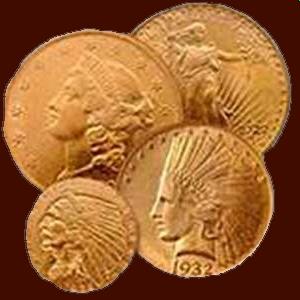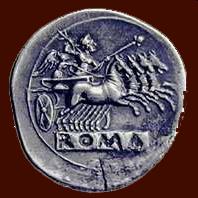




Looking After Your Finds - Identification - Rocks and Minerals
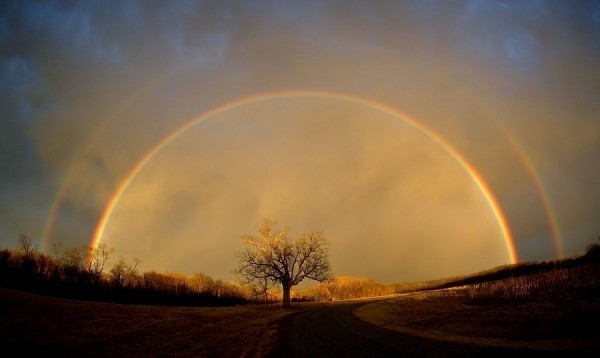
The Rarest Minerals on Earth
Powered By Sispro1

Fibulae1
Copyright All Rights Reserved by Nigel G Wilcox E-Mail: ngwilcox100@gmail.com
Designed by Nigel G Wilcox
Complimentary Topics
The Paragon Of Metal Detecting
& Archaeology
& Archaeology
Pages
Rarest Minerals on Earth
Main Coin Menu
Roman Coins
Menu
Menu
Member NCMD
R&M Index
Pink Star Diamond
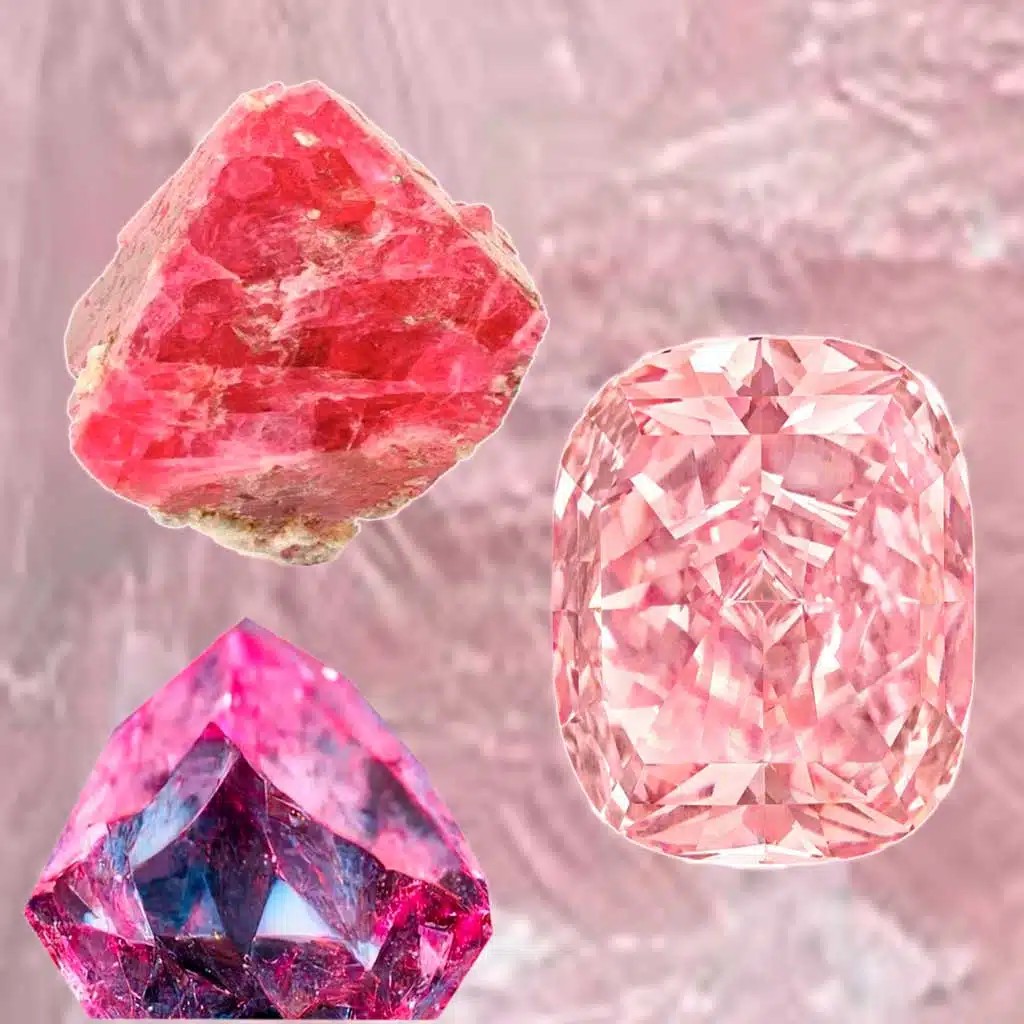
The Pink Star Diamond, also known as the Pink Star, is one of the most remarkable and valuable diamonds in the world. Weighing over 59 carats, this stunning pink diamond set a world record when it sold for over $71 million at auction in 2017. Its rarity and exceptional pink hue make it a true treasure.
The Pink Star Diamond, a rare and renowned gem, captivates with its stunning pink hue. This exquisite diamond, known for its exceptional size and vibrant color, stands as a symbol of luxury and elegance in the world of fine jewelry. With its remarkable beauty and scarcity, the Pink Star Diamond holds a prestigious place in the hearts of collectors and enthusiasts alike.
As one of the most valuable diamonds ever discovered, its allure and rarity continue to fascinate connoisseurs, making it a sought-after gem for those who appreciate the extraordinary and the extraordinary in the world of luxury.
The Pink Star, formerly known as the Steinmetz Pink, is a diamond weighing 59.60 carats (11.92 g), rated in colour as Fancy Vivid Pink by the Gemmological Institute of America. The Pink Star was mined by De Beers in 1999 in South Africa, and weighed 132.5 carats in the rough. The Pink Star is the largest known diamond having been rated Vivid Pink. As a result of this exceptional rarity, the Beny Steinmetz Group called Steinmetz Diamonds took a cautious 20 months to cut the Pink. It was unveiled in Monaco on 29 May 2003 in a public ceremony.
The Pink Star was displayed (as the Steinmetz Pink) as part of the Smithsonian's "The Splendour of Diamonds" exhibit, alongside the De Beers Millennium Star, the world's second largest (the Cullinan I is the largest) top colour (D) internally and externally flawless pear-shaped diamond at 203.04 carat (40.608 g), the Heart of Eternity Diamond, a 27.64 carat (5.582 g) heart-cut blue diamond, and the Moussaieff Red Diamond, the world's largest known Fancy Red diamond at 5.11 carats (1.022 g).
The Pink Star was auctioned by Sotheby's Geneva on 13 November 2013. The sale price was CHF 68,000,000 (CHF 76,325,000, USD 83,187,381 including commission fees), a world record for any gemstone. The record had been held by the Graff Pink. The Pink Star was bought by New York diamond cutter Isaac Wolf who renamed it The Pink Dream although, according to Forbes magazine, the auction price was not settled by the buyer and the stone was again added to the Sotheby's inventory.
1999 2007: The Steinmetz Pink
2007 2017: The Pink Star
2017 present: CTF Pink Star
The Pink Star Diamond, a rare and renowned gem, captivates with its stunning pink hue. This exquisite diamond, known for its exceptional size and vibrant color, stands as a symbol of luxury and elegance in the world of fine jewelry. With its remarkable beauty and scarcity, the Pink Star Diamond holds a prestigious place in the hearts of collectors and enthusiasts alike.
As one of the most valuable diamonds ever discovered, its allure and rarity continue to fascinate connoisseurs, making it a sought-after gem for those who appreciate the extraordinary and the extraordinary in the world of luxury.
The Pink Star, formerly known as the Steinmetz Pink, is a diamond weighing 59.60 carats (11.92 g), rated in colour as Fancy Vivid Pink by the Gemmological Institute of America. The Pink Star was mined by De Beers in 1999 in South Africa, and weighed 132.5 carats in the rough. The Pink Star is the largest known diamond having been rated Vivid Pink. As a result of this exceptional rarity, the Beny Steinmetz Group called Steinmetz Diamonds took a cautious 20 months to cut the Pink. It was unveiled in Monaco on 29 May 2003 in a public ceremony.
The Pink Star was displayed (as the Steinmetz Pink) as part of the Smithsonian's "The Splendour of Diamonds" exhibit, alongside the De Beers Millennium Star, the world's second largest (the Cullinan I is the largest) top colour (D) internally and externally flawless pear-shaped diamond at 203.04 carat (40.608 g), the Heart of Eternity Diamond, a 27.64 carat (5.582 g) heart-cut blue diamond, and the Moussaieff Red Diamond, the world's largest known Fancy Red diamond at 5.11 carats (1.022 g).
The Pink Star was auctioned by Sotheby's Geneva on 13 November 2013. The sale price was CHF 68,000,000 (CHF 76,325,000, USD 83,187,381 including commission fees), a world record for any gemstone. The record had been held by the Graff Pink. The Pink Star was bought by New York diamond cutter Isaac Wolf who renamed it The Pink Dream although, according to Forbes magazine, the auction price was not settled by the buyer and the stone was again added to the Sotheby's inventory.
1999 2007: The Steinmetz Pink
2007 2017: The Pink Star
2017 present: CTF Pink Star
Weight 59.60 carats (11.920 g)
Colour Fancy Vivid Pink
Cut Mixed Oval Brilliant (step cut crown, brilliant cut pavilion)
Discovered 1999; unveiled 29 May 2003
Estimated value US $71.2 million (2017)
Colour Fancy Vivid Pink
Cut Mixed Oval Brilliant (step cut crown, brilliant cut pavilion)
Discovered 1999; unveiled 29 May 2003
Estimated value US $71.2 million (2017)
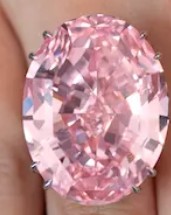
Industry experts say it commands top dollar because we won’t see another like it in quality and size—or even close. “A vivid pink diamond this size is a total freak of nature,” declared Tom Moses, executive vice president of the Gemological Institute of America (GIA). “There are very few important pink diamonds over 20 carats. It is less likely that we will see more important sizable pinks. As the mines age, the deeper the hole, historically the yield seems to be lower and lower.”
How Rare are Vivid Pink Diamonds?
Consider the statistics: For the past 30 years, the Argyle mine in Western Australia was the world’s main source of pink diamonds (supplying about 80 percent of pink diamonds), and out of the mine’s 20 million carat annual output, only 0.1% are classified as pink diamonds. What’s more, only a handful of those stones were over a few carats in size. That mine was depleted and closed in 2020. Now the supply of pink diamonds is even more sporadic and rare.
The history of the CTF Pink Star
The Pink Star was uncovered by De Beers in Africa in 1999. Over a two-year period, the original 132.5 carat rough diamond was meticulously cut and polished and transformed into a flawless vivid pink diamond, type IIa. That means it s essentially perfect.
It was originally named the Steinmetz Pink after the diamond company that purchased it. Such a rare and beautiful jewel, it was on display at the Smithsonian Museum of Natural History in Washington DC.
Like many historic, named diamonds, the Pink Star also has an interesting and volatile history. When Steinmetz offered the diamond at a Sotheby s Geneva sale in 2013, it sold for $83 million. The buyer, New York diamond cutter Isaac Wolf, defaulted on the payment. Since Sotheby s had a guarantee of $60 million on the diamond, it was forced to acquire the pricey pink diamond. Lucky for the auction house, the stone s rare beauty and size made it famous and desirable.
When Sotheby s offered it in April 2017, there was a bidding war among three players. The victor: Hong Kong jeweler Chow Tai Fook, who named it the CTF Pink after the company s initials and founder.
Tracking Pink Diamonds - Since the Mid-17th Century
The allure of pink diamonds has captured people s attention for centuries. They were first documented by the French merchant and adventurer Jean-Baptiste Tavernier, who, in the 1640s recorded seeing a very large pink rough diamond weighing over 200 carats while traveling in India s Kingdom of Golconda. That region was known for discovering the world s most exceptional and famous diamonds.
Over the subsequent centuries, pink diamonds remained scarce. They were occasionally uncovered in South Africa and Brazil, and in modern times came largely from the Argyle mine. Pink diamonds get their colour from intense heat and pressure during the stone s formation in the earth which distorts the crystal lattice and results in the pink hue.
Record Breaking
Pink Diamonds at Auction
Consider the statistics: For the past 30 years, the Argyle mine in Western Australia was the world’s main source of pink diamonds (supplying about 80 percent of pink diamonds), and out of the mine’s 20 million carat annual output, only 0.1% are classified as pink diamonds. What’s more, only a handful of those stones were over a few carats in size. That mine was depleted and closed in 2020. Now the supply of pink diamonds is even more sporadic and rare.
The history of the CTF Pink Star
The Pink Star was uncovered by De Beers in Africa in 1999. Over a two-year period, the original 132.5 carat rough diamond was meticulously cut and polished and transformed into a flawless vivid pink diamond, type IIa. That means it s essentially perfect.
It was originally named the Steinmetz Pink after the diamond company that purchased it. Such a rare and beautiful jewel, it was on display at the Smithsonian Museum of Natural History in Washington DC.
Like many historic, named diamonds, the Pink Star also has an interesting and volatile history. When Steinmetz offered the diamond at a Sotheby s Geneva sale in 2013, it sold for $83 million. The buyer, New York diamond cutter Isaac Wolf, defaulted on the payment. Since Sotheby s had a guarantee of $60 million on the diamond, it was forced to acquire the pricey pink diamond. Lucky for the auction house, the stone s rare beauty and size made it famous and desirable.
When Sotheby s offered it in April 2017, there was a bidding war among three players. The victor: Hong Kong jeweler Chow Tai Fook, who named it the CTF Pink after the company s initials and founder.
Tracking Pink Diamonds - Since the Mid-17th Century
The allure of pink diamonds has captured people s attention for centuries. They were first documented by the French merchant and adventurer Jean-Baptiste Tavernier, who, in the 1640s recorded seeing a very large pink rough diamond weighing over 200 carats while traveling in India s Kingdom of Golconda. That region was known for discovering the world s most exceptional and famous diamonds.
Over the subsequent centuries, pink diamonds remained scarce. They were occasionally uncovered in South Africa and Brazil, and in modern times came largely from the Argyle mine. Pink diamonds get their colour from intense heat and pressure during the stone s formation in the earth which distorts the crystal lattice and results in the pink hue.
Record Breaking
Pink Diamonds at Auction
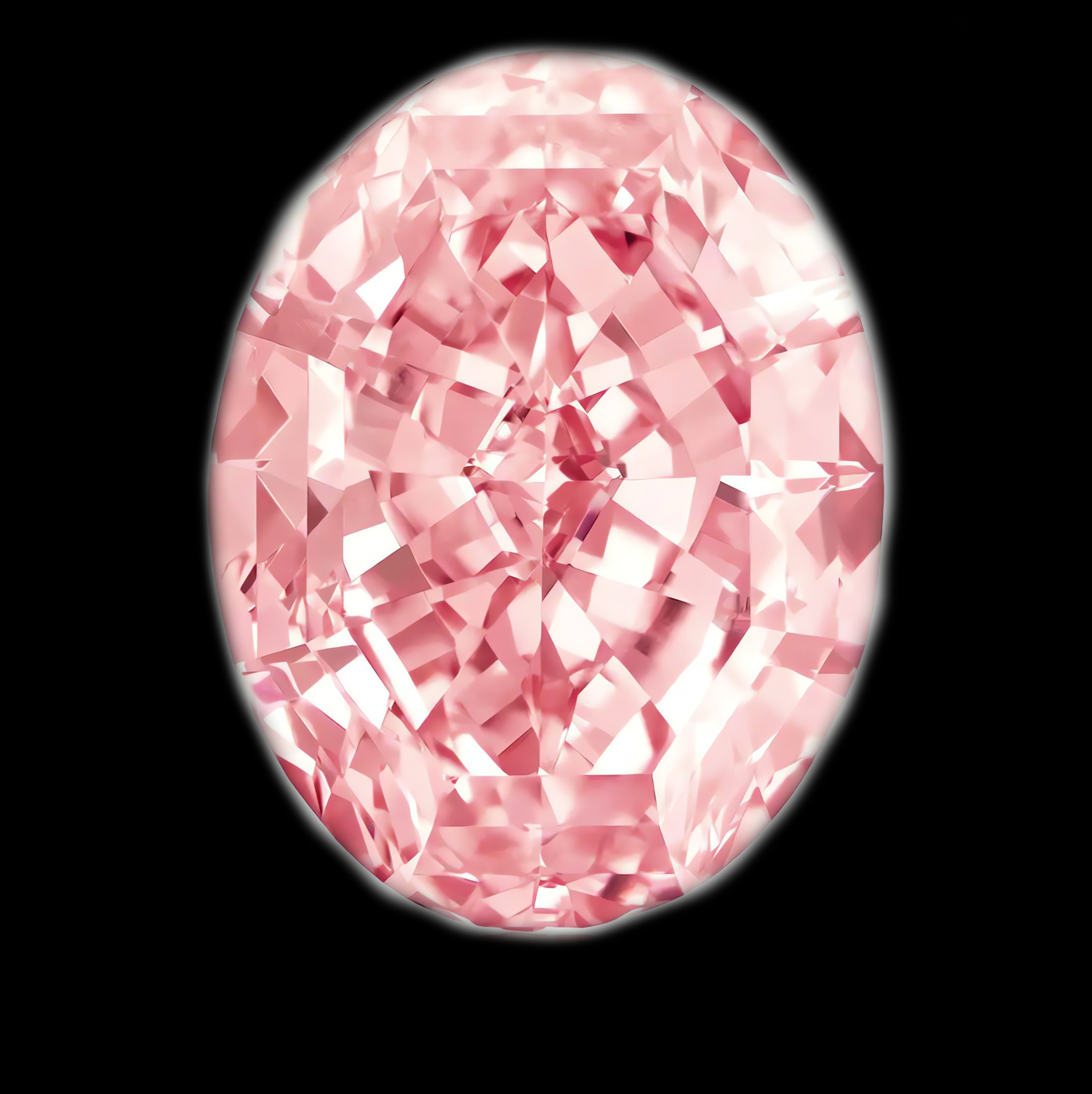
[4]
[3]
[2]
[1]





















